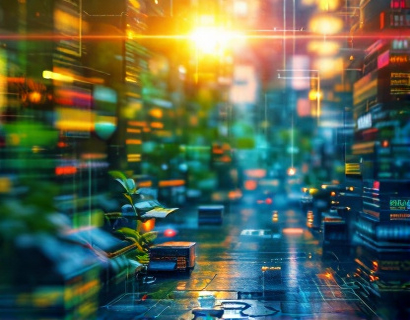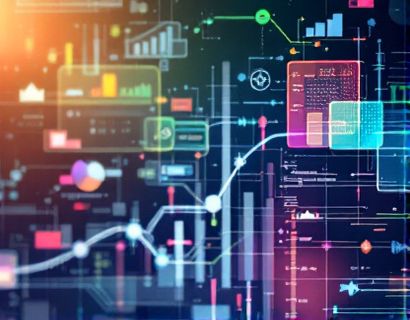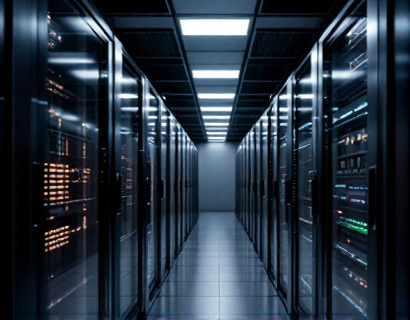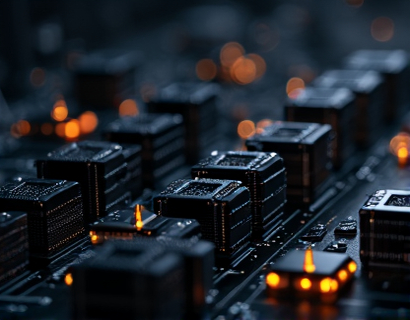Maximize Indoor Garden Potential: Cutting-Edge Tech for Solarium Excellence
In the realm of indoor gardening, the pursuit of optimal plant growth and sustainability has led to the integration of cutting-edge technology. This transformation has turned ordinary indoor spaces into thriving ecosystems, where plants can flourish under meticulously controlled conditions. By harnessing advanced innovations in light, climate, and automation, gardeners can create a customizable environment that caters to their unique needs, ensuring their plants reach their full potential.
Advanced Lighting Solutions
The foundation of any successful indoor garden is a robust lighting system. Traditional incandescent bulbs have been replaced by energy-efficient alternatives that provide the specific spectrum and intensity required for plant growth. LED grow lights stand out due to their ability to emit light in precise wavelengths, mimicking natural sunlight while consuming less energy and generating minimal heat. This not only enhances plant health but also reduces cooling costs and extends the lifespan of the lighting system.
Beyond LED technology, full-spectrum lights and UV-emitting lamps offer additional benefits. Full-spectrum lights simulate the broad range of sunlight, promoting lush foliage and vibrant blooms. UV lamps, on the other hand, can enhance the production of certain compounds in plants, such as essential oils and pigments, leading to improved flavor and aroma in herbs and fruits.
Climate Control Systems
Maintaining the ideal climate is crucial for indoor plant growth. Advanced climate control systems integrate temperature, humidity, and CO2 management to create a perfect environment for various plant species. Smart thermostats and humidistats work in tandem to monitor and adjust conditions in real-time, ensuring consistency and preventing stress on the plants.
Heating and cooling solutions, such as submersible heaters and evaporative coolers, provide precise temperature control. These systems can be automated to respond to daily and seasonal changes, maintaining optimal conditions without manual intervention. Additionally, dehumidifiers and humidifiers help manage moisture levels, reducing the risk of fungal diseases and promoting healthy root development.
CO2 enrichment is another critical aspect of climate control. Indoor gardens benefit from elevated CO2 levels, which can significantly boost photosynthesis and growth rates. Automated CO2 injectors can release the right amount of CO2 at the right times, ensuring that plants have access to this essential nutrient without over-saturation.
Automation and Smart Technology
Automation plays a pivotal role in modern indoor gardening, streamlining tasks and enhancing efficiency. Smart controllers and sensors monitor and adjust various parameters, from light cycles to nutrient delivery, based on the specific needs of the plants. These systems can be managed through mobile apps or web interfaces, allowing gardeners to oversee their gardens remotely.
Automated watering systems, equipped with soil moisture sensors, ensure that plants receive the right amount of water at the right times. This not only conserves water but also prevents overwatering, a common issue in indoor gardening. Fertigation systems integrate nutrient delivery with watering, providing a balanced and nutrient-rich solution directly to the roots.
Motion sensors and security cameras add an extra layer of protection, alerting gardeners to any unusual activity or potential threats. This level of automation not only saves time but also ensures that plants receive consistent care, leading to healthier and more productive growth.
Hydroponic and Aeroponic Systems
Advanced growing mediums like hydroponics and aeroponics have revolutionized indoor gardening by providing a more efficient and sustainable way to grow plants. In hydroponic systems, plants are grown in a nutrient-rich water solution rather than soil, allowing for precise control over nutrient levels and uptake. This method can increase growth rates and yield while reducing water usage and eliminating soil-borne diseases.
Aeroponic systems take this a step further by suspending plant roots in the air and misting them with a nutrient solution. This technique maximizes oxygen availability to the roots, promoting rapid growth and robust root systems. Both methods require less space and resources compared to traditional soil-based gardening, making them ideal for urban environments and small spaces.
Environmental Monitoring and Data Analysis
Modern indoor gardens benefit from comprehensive environmental monitoring systems that track a wide range of parameters. Sensors measure light intensity, temperature, humidity, CO2 levels, and more, providing real-time data that can be analyzed to optimize growing conditions. This data can be visualized through dashboards, offering insights into plant health and growth patterns.
Machine learning algorithms can analyze this data to predict and adjust conditions proactively, ensuring that plants always receive the best possible environment. For example, if the system detects a trend of increasing humidity that could lead to fungal issues, it can automatically activate dehumidifiers or adjust ventilation to prevent problems before they arise.
Customizable Growing Environments
The true power of integrating advanced technology in indoor gardening lies in the ability to create highly customizable environments. By combining advanced lighting, climate control, automation, and growing systems, gardeners can tailor every aspect of their garden to meet the specific needs of their plants. Whether growing delicate orchids, robust tomatoes, or aromatic herbs, the right setup can be designed to optimize growth and yield.
Modular systems allow for easy expansion and reconfiguration, enabling gardeners to adapt their setup as their needs change or as they experiment with different plant varieties. This flexibility ensures that the indoor garden remains a dynamic and evolving space, always pushing the boundaries of what is possible.
Sustainability and Resource Efficiency
One of the most significant advantages of using cutting-edge technology in indoor gardening is the enhanced sustainability and resource efficiency. Advanced systems minimize water usage through precise irrigation and recirculation, reducing waste and conserving this vital resource. Energy-efficient lighting and climate control further lower the environmental footprint, making indoor gardening a more sustainable choice.
By reducing the need for chemical pesticides and fertilizers, these technologies also promote healthier plants and a safer environment. The ability to grow locally and year-round reduces the carbon footprint associated with transporting produce from distant farms, contributing to a more sustainable food system.
Conclusion
The integration of cutting-edge technology in indoor gardening has transformed the way we grow plants, offering unparalleled control, efficiency, and sustainability. From advanced lighting and climate control to automation and smart monitoring systems, these innovations create a thriving ecosystem that meets the unique needs of every gardener. By embracing these technologies, indoor gardeners can achieve optimal plant growth, reduce resource consumption, and enjoy a more rewarding and successful gardening experience.










































